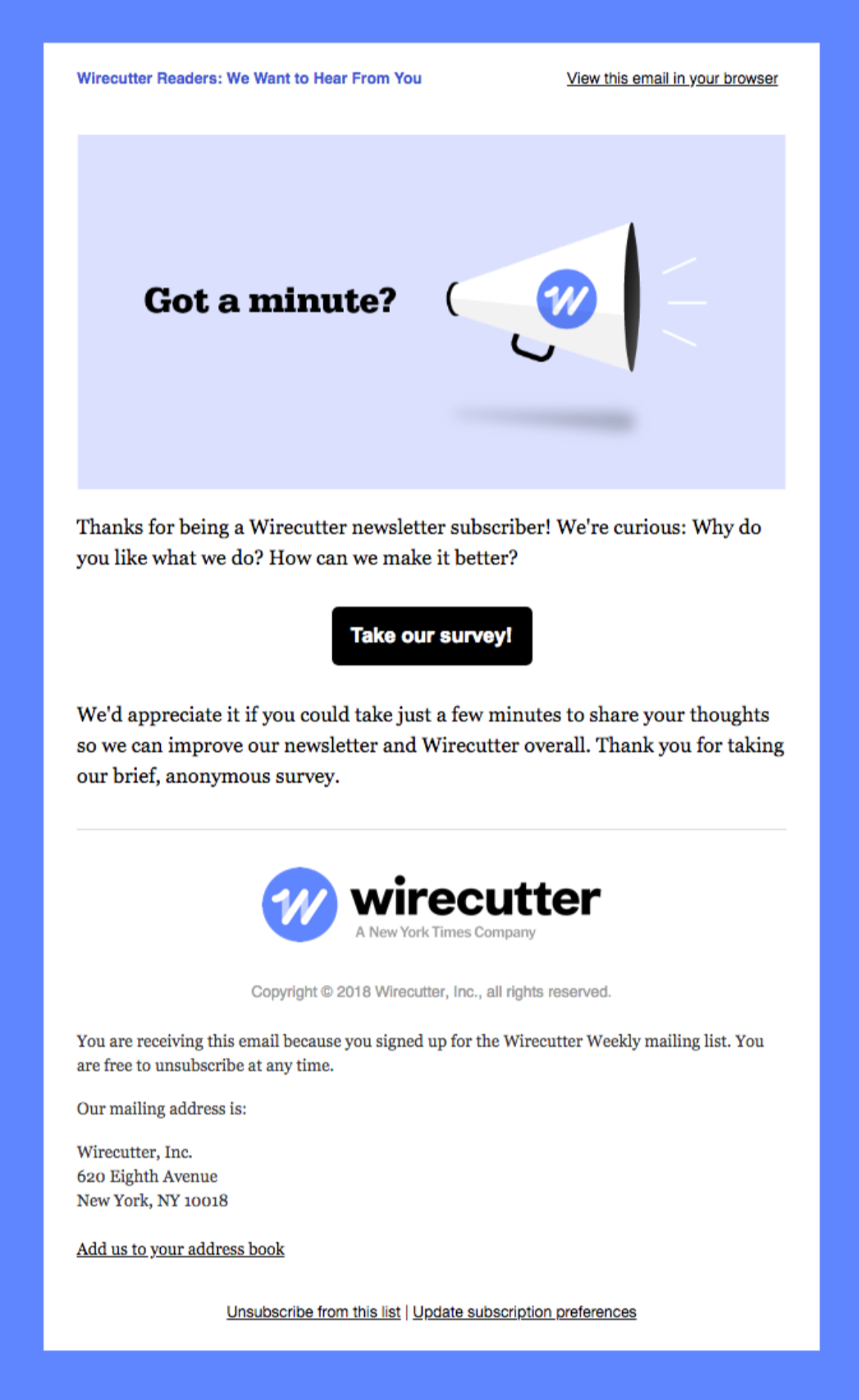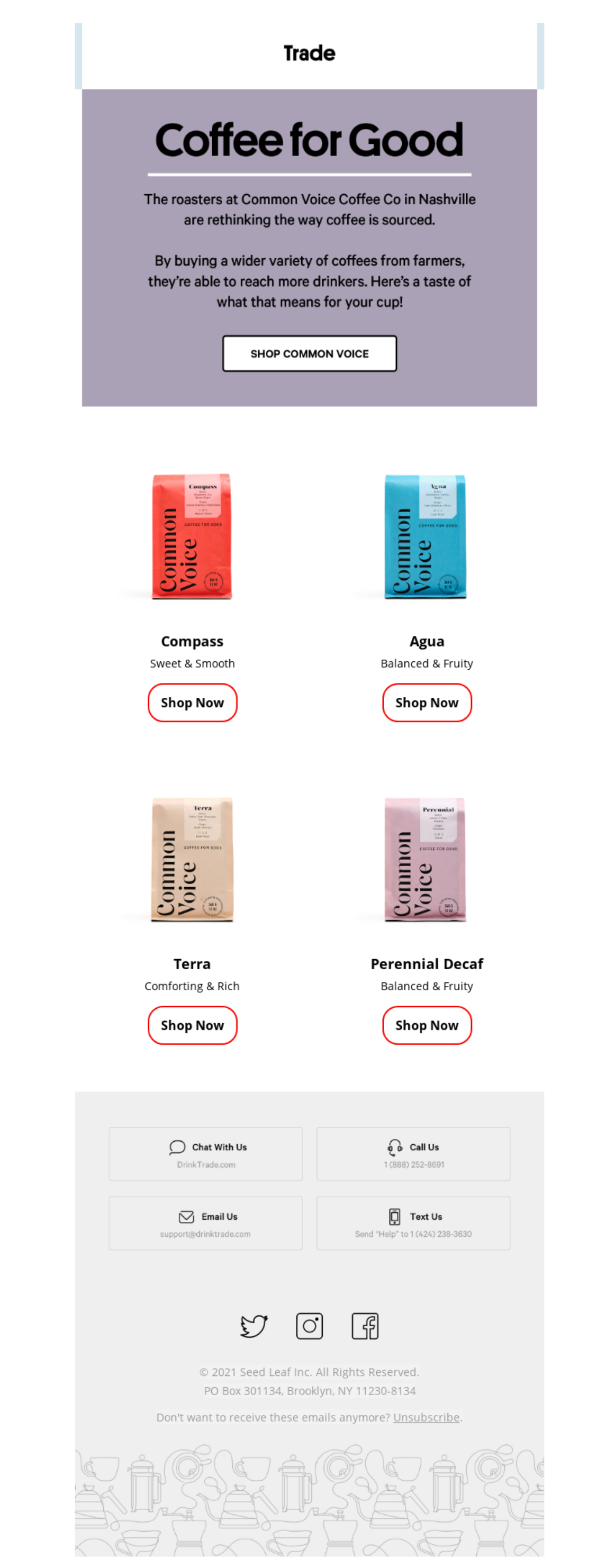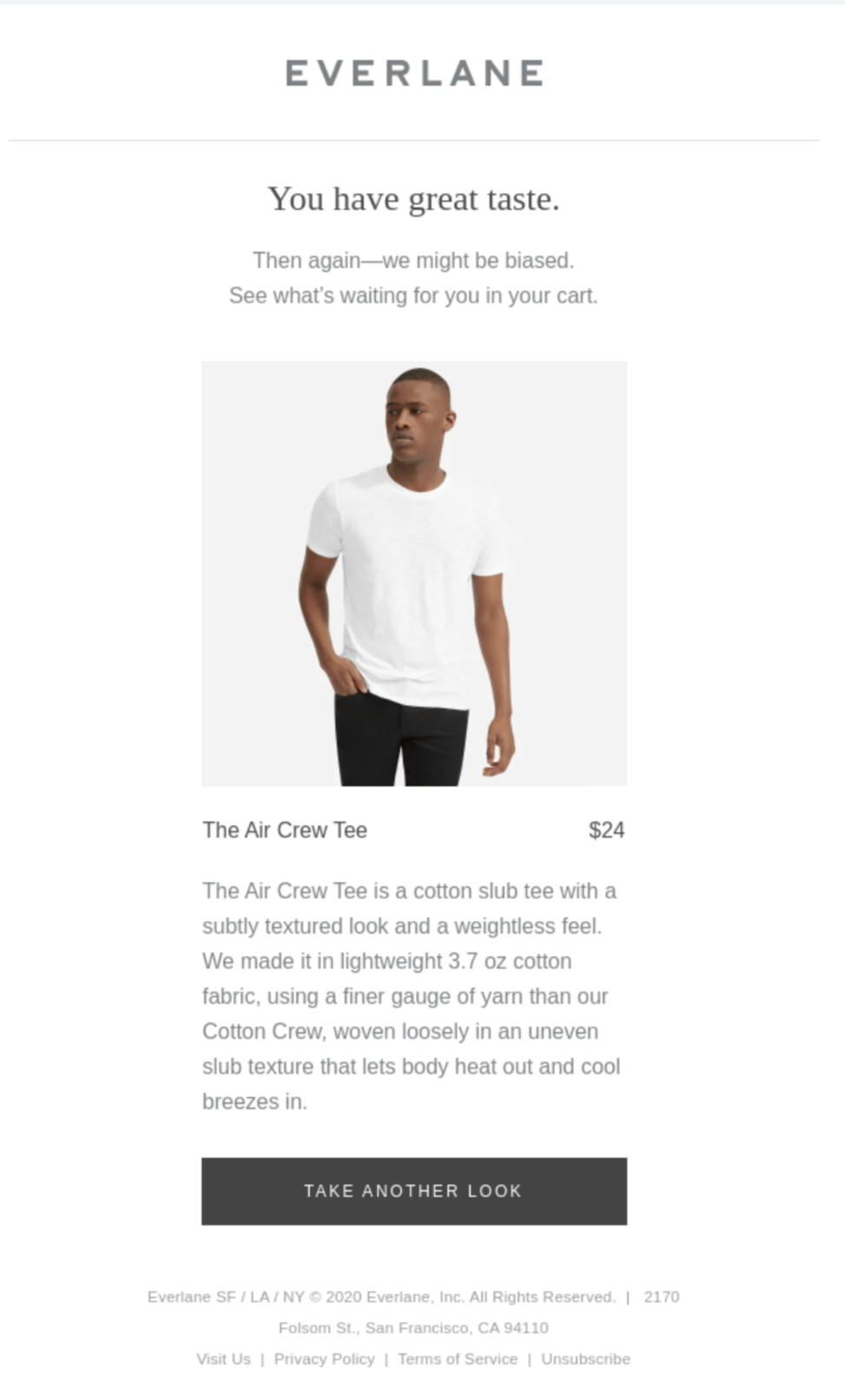Marketing technology and platforms continue to get more sophisticated and with that, so do customer expectations. General messaging is no longer effective given the considerable amount of customer data available to brands. Customers expect you to leverage your customer data to create a better experience.
It’s not enough to have “one-to-many” interactions–your brand needs to understand your customers and meet them where they are to be effective in your marketing strategy. To create these one-to-one interactions, brands must segment their customers to communicate with them effectively. Segmentation is a great starting point to make memorable interactions. Below, we’ll dive into some of the best segmentation practices that you should be using to connect with your audiences if you aren’t already.
Why Does Segmentation Matter?
You wouldn’t address your grandmother the way you talk to your best friend, so why should brands interact with all of their customers the same way? Even in niche businesses, customers can vary significantly in their needs and desires.
Depending on your business, your customers might even span across geography and generations. With this in mind, it’s essential to understand that your customer base has various interests. Segmenting customers can help your brand tailor its approach to each group, creating a more relevant experience for each individual. By implementing segmentation practices, you can group similar customers and focus on a more appropriate message.
While two customers may buy the same product, their motivations for doing so can be drastically different. Thankfully for marketers, more people these days are comfortable providing their information and tracking data to brands. With this data, brands have been able to develop hyper-targeted campaigns, which consumers have grown accustomed to.
This acclimation is especially true for younger generations, who make up a massive portion of the market, as digital natives. For them, they’ve come to expect hyper-targeted marketing, primarily through social media. With marketing messaging coming through a multitude of sources, it’s even more vital to know and understand your audience, leading to better conversion and higher brand loyalty.
Leverage the information you collect and the data they give you to give them more of what they want.
Simple Segmentation Practices
Let Them Tell You What They Like
Sending your current customers a simple survey is a great way to understand more about your existing customers. A survey is a simple, direct, and inexpensive way to gain valuable insight into what drives purchasing decisions. For example, how did they find your business? Are there specific products or services that drew them to your company? What areas do they live in? Do they shop for themselves or others?
This email from Wirecutter asks subscribers to share their interests and feedback to tailor their content and improve the overall user experience. Since they test and review tech, appliances, gear, and more, it’s integral to their marketing and content strategies to understand their readers’ wants. Surveys provide a simple feedback forum that can help your brand improve user experiences and collect zero-party data directly from the user.
You don’t have to collect all the data at once, but each touchpoint should provide value to the customer—allowing your brand to understand them better as individuals. As you gather more information on your customers, you can further segment them into more niche groupings.
Segmentation Delivers Value
There are many ways to segment your audience once you know a bit about them. Segmentation practices can be based on demographic characteristics. Generational targeting is one example. Each generation has its own language and set of values.
This simple color-blocked email from Trade Coffee highlights their sourcing transparency—a quality highly valued by Gen Z. Much of their core messaging focuses on ethically sourced beans or supporting small coffee farmers.
In contrast to Gen Z, Millennials have other interests. With a subject line of “Have You Been Adulting,” only a Millennial audience would appreciate this language from Who Gives A Crap.


The language is playful and fun—it feels like it was written by a millennial. Source: ReallyGoodEmails.
Knowing simple information about customer ages can help you avoid a cheugy situation. Demographic data can help your brand create relevant and compelling messaging.
Meet Your Customers Where They Are
A similar segmentation practice is to segment by geographic locations. This strategy can be helpful when promoting events and sales at brick-and-mortar stores.
This email from Safeway highlights store and delivery information available in specific locations. Safeway is one of many brands under the parent company Albertsons. As a company with many brands across the country, location-specific email marketing highlights the relevant store and services available to the recipient.
Geographic data is also helpful with seasonal promotions. For example, cold weather promotional emails wouldn’t be as effective for someone in LA, where the weather stays essentially the same year-round.
This promotional email from Allbirds is relevant for certain climates across the country but would seem out of place in Florida, where it stays reasonably warm, even during the winter months. Utilizing geographic information can help your brand’s message reach the right audience in a relevant way.


Geographic segmentation ensures Allbirds reaches the right audience with the right message. Source: ReallyGoodEmails.
Using demographic or geographic data to segment audiences doesn’t require much time. It’s a matter of segmenting by a custom event in a user’s profile.
Leverage Customer Behavior
Behavioral segmentation is another way to personalize your message to your audience. Focusing on how customers interact and make purchasing decisions is incredibly helpful when creating email marketing strategies. One example is an abandoned cart email. This type of email is a one-to-one interaction that can help remind and encourage someone to complete their purchase.
This simple abandoned cart email from Everlane highlights the specific item that the user left in their cart. It provides another touchpoint with a user and a gentle reminder that they have something in their cart.
A brand’s website can capture customer behavioral data, which can often be a practical focus for brands. That said, behavioral segmentation requires the proper technology stack in place to ensure your team has full visibility into a user’s interactions with your brand. For the cart abandonment example, your team should be able to identify if this abandonment occurred on desktop or mobile, keeping all interactions visible and allowing you to communicate with the user through a relevant channel. Your cross-channel experience doesn’t stop at simply incorporating more channels. There’s valuable behavioral data in these interactions that can further inform your segmentation—and other marketing—strategies.
Start Segmenting Your Customers
These segmentation practices are simple starting points to begin grouping your audience to create a personalized experience for everyone. For more in-depth guidance on segmentation, including pitfalls to watch out for, check out our playbook on user segmentation. It’s vital to provide tailored messaging to your audience; they’ve come to expect it. However, segmenting your audience is only the first step in creating an effective and personalized marketing strategy. Learn how Iterable can help.
Schedule a demo today.




































